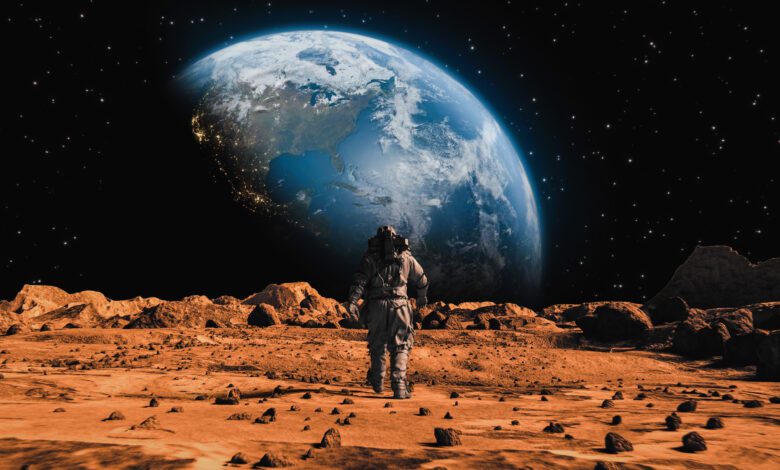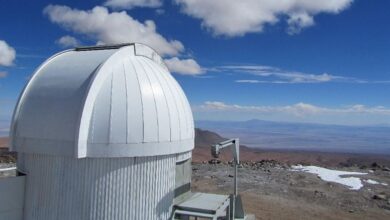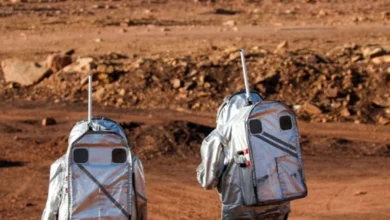Exciting findings on Mars raise questions
Scientists and space fans eagerly await more information about recent discoveries.

Exciting NASA’s James Webb Space Telescope Makes Groundbreaking Discovery
In a groundbreaking discovery, NASA’s James Webb Space Telescope has uncovered intriguing clues about a distant planet beyond our solar system. This remarkable finding points to the presence of carbon-bearing molecules, specifically methane and carbon dioxide, on this distant world. The planet in question, known as K2-18 b, is situated a staggering 120 light-years away from Earth in the Leo constellation. What makes K2-18 b even more fascinating is its classification as a “Hycean exoplanet,” a type of celestial body with a unique blend of a hydrogen-rich atmosphere and an ocean-covered surface, potentially making it a habitat for life.
The Enigmatic K2-18 b: A Hycean Exoplanet in Focus
K2-18 b stands out as a celestial marvel due to its extraordinary characteristics. This exoplanet boasts a mass 8.6 times that of Earth, orbiting a cool dwarf star called K2-18 within the habitable zone—a region where conditions might allow liquid water to exist. Such ‘sub-Neptunes,’ occupying a size range between Earth and Neptune, are distinct from any known planets within our solar system, making them a subject of profound scientific curiosity. The recent discovery of carbon-bearing molecules on K2-18 b further fuels the speculation that it could potentially harbor a water ocean beneath its hydrogen-rich atmosphere. Additionally, early observations have hinted at the possible presence of dimethyl sulfide (DMS), a molecule associated with life on Earth.
Challenges and Future Exploration of K2-18 b
While the revelation of carbon-bearing molecules on K2-18 b is undoubtedly significant, it’s important to note that the existence of life on this distant world remains uncertain. The planet’s considerable size suggests that it might house a substantial mantle of high-pressure ice, resembling the characteristics of Neptune. However, it differs in having a thinner hydrogen-rich atmosphere and a potential oceanic surface. While Hycean exoplanets like K2-18 b are expected to possess water oceans, the conditions on this distant world may still be too hot for habitability, or the ocean might not exist in a liquid state.
To deepen our understanding of K2-18 b, researchers plan to conduct further investigations using the telescope’s MIRI (Mid-Infrared Instrument) spectrograph, with the hope of verifying their discoveries and uncovering more about the environmental conditions on this intriguing exoplanet.
In conclusion, NASA’s James Webb Space Telescope’s groundbreaking discovery of carbon-bearing molecules on K2-18 b opens exciting new avenues in the quest to understand exoplanets and their potential for life. While challenges and uncertainties remain, this finding paves the way for further exploration and underscores the profound importance of expanding our knowledge about distant worlds. As scientists continue to delve into the mysteries of K2-18 b, they move closer to the ultimate goal of identifying life on a habitable exoplanet—an achievement that would revolutionize our understanding of the universe and our place within it.
Please, also have a look into : Groundbreaking cancer drug, inspired by 9-year-old girl, holds exciting potential



